In an emotional return, 79-year-old Imako Saito of Tokyo, originally from prewar Saipan, embarked on a heartfelt pilgrimage to her cherished “furusato” — hometown — to pay homage to her father and the multitude of souls who perished in the ravages of war seven decades prior.
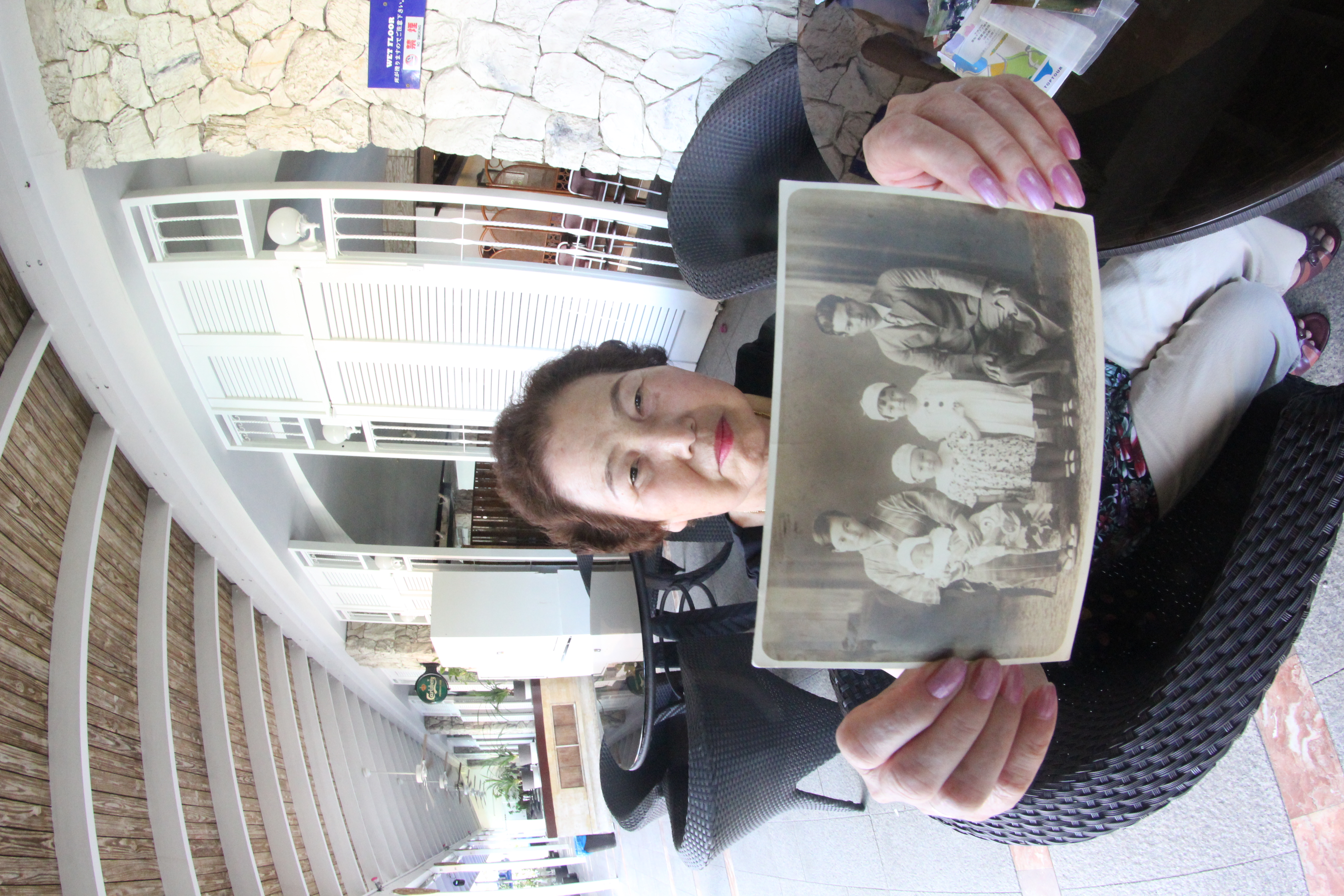
“I was born here on Saipan in 1935,” reminisced Imako in Nihongo, through a translator, Kyodo News reporter Makoto Hori, during a poignant gathering on Wednesday (June 18, 2014) at Laolao Bay Golf Resort.
Accompanied by fellow kin of war victims, both military and civilian, who succumbed during the tumultuous invasion of Saipan by American forces in June 1944, Saito found solace among kindred spirits within the Aichi Mariana Kensuikai, led by Noriaki Murase. Together, they convened to offer solemn prayers for their departed loved ones, forever entwined in the island’s somber history.
Details emerged that Saito was a mere nine years of age when she, alongside her mother and siblings, hastily embarked on a vessel in March of 1944, as news of the American invasion of the island was becoming imminent.
“It was very hard to board the ship,” she said, as she was tormented by the thought of her father being left behind and in harm’s way.
Imako vividly recounted the sight of shirtless Japanese soldiers toiling in earnest along the coastline, fortifying the island’s defenses, a poignant tableau indelibly etched in her memory, as they were leaving Saipan.
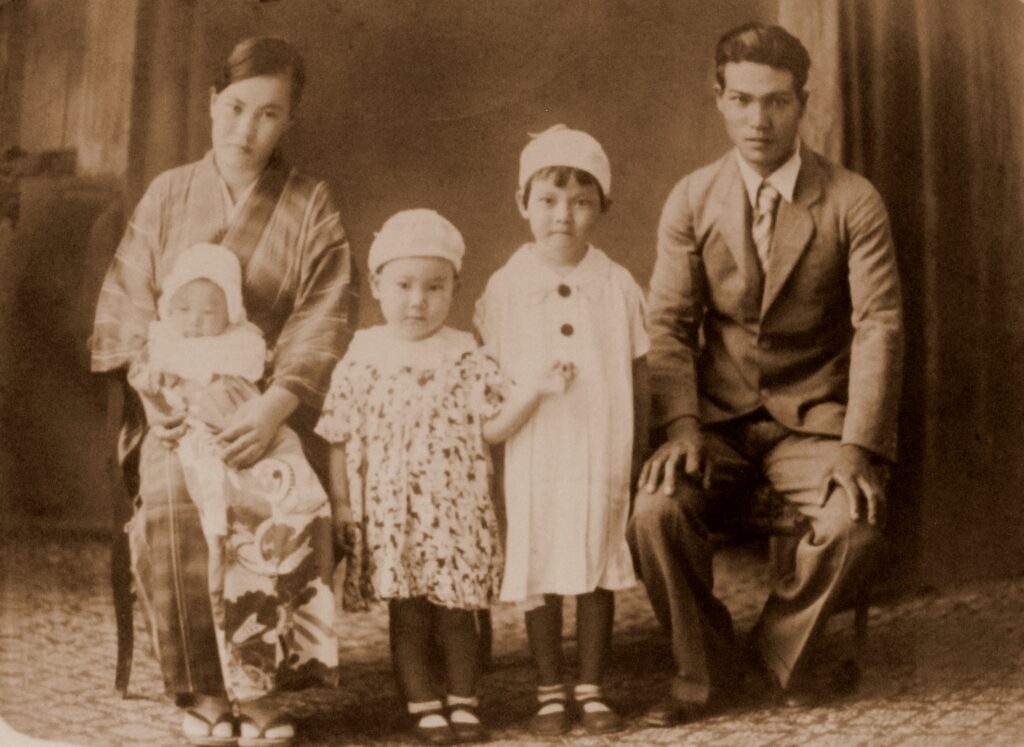
From Saipan, the Saito family embarked on a vessel bound for Hachijo-shima, an island positioned between the Pacific Ocean and the Philippine Sea and under the administration of Tokyo. Upon reaching the island, Saito’s family were forewarned by the Japanese military of an impending American attack on the island. Consequently, they made their way to Nagoya in Aichi, where they sought refuge in the mountains.
Back on Saipan
Against the backdrop of the LaoLao Bay Golf and Resort Saipan, Saito, accompanied by her 74-year-old brother Yashiji, stood in solidarity with other descendants of Japanese soldiers who met their fate on Saipan’s soil.
As the song “Furusato” filled the air — an ode to longing and remembrance — tears welled in Saito’s eyes, evoking memories of her childhood spent in Garapan.
For Imako, Saipan was home to a plethora of joyful childhood memories. Looking back, she said her father loved to savor a bowl of rice with butter and soy sauce – a personal favorite.
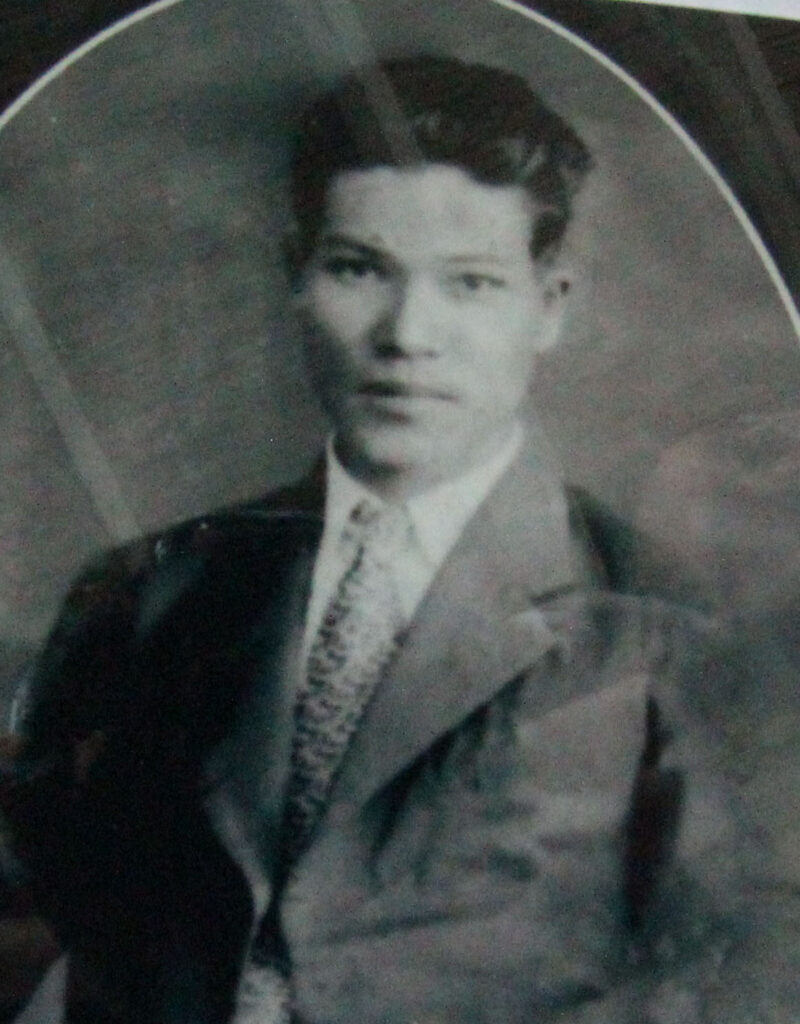
Her childhood playground was the communications facility and grounds in Oleai, where her father dedicated his working hours. The location of their home, near the present Garapan Elementary School, is still vivid in her memory. Anticipation filled their home as they eagerly awaited their father’s return from work, signaling the start of a cherished evening stroll.
Imako, with evident joy, reflected on the positive memories she created with her family on Saipan. The mere thought of the island brings tears to her eyes. The family’s departure in 1944 marked not only her first journey beyond Saipan but also her inaugural visit to her parents’ homeland.
Every year, Imako looks forward to coming to Saipan, a place she still considers home, and where her heart truly resides. “It will always be home — my home.”
戦前の日本人住民:サイパンは私の故郷です。 東京出身の79歳の斉藤いまこさんは、戦前のサイパン出身で、感慨深い気持ちで祖先の地に戻り、大切な「ふるさと」である故郷に父と戦争で亡くなった多くの魂に敬意を表する心の巡礼を始めました。
「私は1935年にサイパンで生まれました」といまこは、2014年6月18日(水曜日)のローラオベイゴルフリゾートでの感動的な集まりで、共感的な言葉を贈った。そのとき、共同通信の記者である堀誠氏が通訳を通じて伝えました。
戦争犠牲者の仲間たち、軍人と市民の両方が1944年6月のアメリカ軍によるサイパン侵攻で犠牲になった者たちとともに、斉藤さんは愛知マリアナ県随応会(Aichi Mariana Kensuikai)の村瀬徳明氏のもとで慰霊の祈りを捧げました。彼らは島の悲しい歴史に永遠に結びついている亡くなった愛する人々に対する儀式を行いました。
斉藤さんは、1944年3月にアメリカの島への侵攻の知らせが迫る中、母親と兄弟姉妹と一緒に急いで船に乗り込んだとき、わずか9歳でした。
「船に乗り込むのはとても難しかった」と彼女は語り、父親が置き去りにされ危険な状況にあることを考えて苦しんでいました。
いまこは、島を出発する際に、島の防衛を固めるために一生懸命働く裸の日本兵の姿を生々しく思い出しました。それは彼女がサイパンを去るときに不可忘の光景として彼女の記憶に刻まれました。
サイパンを発った後、斉藤家族は太平洋とフィリピン海に挟まれ、東京の管理下にある八丈島に向かう船に乗りました。島に到着した後、斉藤さんの家族はアメリカ軍の島への攻撃が迫っていると日本軍から警告を受けました。そのため、彼らは避難先として愛知の名古屋へ向かい、山中に避難しました。
サイパンへの帰還
ローラオベイゴルフアンドリゾートサイパンの背景に広がる中、斉藤さんは74歳の弟の八士とともに、サイパンの土地で運命を共にした日本兵の子孫たちと団結して立っていました。
「ふるさと」の歌が空気に充満する中、懐かしさと思い出のオードであるその歌に合わせて、斉藤さんの目に涙が溢れました。彼女の幼少期をガラパンで過ごした思い出がよみがえりました。
いまこにとって、サイパンは数々の楽しい子供時代の思い出の場所でした。彼女は父親がバターと醤油の入ったご飯を味わうのが好きだったと振り返ります。
彼女の遊び場はオレアイの通信施設と敷地で、父親が仕事に専念していた場所です。彼らの家は現在のガラパン小学校の近くにあり、仕事から戻る父親を待ちわびて、大切な夕方の散歩が始まる合図でした。
斉藤さんは、家族とサイパンで過ごしたポジティブな思い出について喜びを込めて振り返りました。島のことを考えるだけで、彼女の目に涙が溢れます。1944年の家族の出発は、サイパンを離れるだけでなく、彼女の両親の故郷への初めての訪問でもありました。
毎年、いまこさんはサイパンへの訪問を楽しみにしており、それは彼女にとってずっと家であり、心が本当に住んでいる場所です。「これは常に私の家です。私の故郷です。」



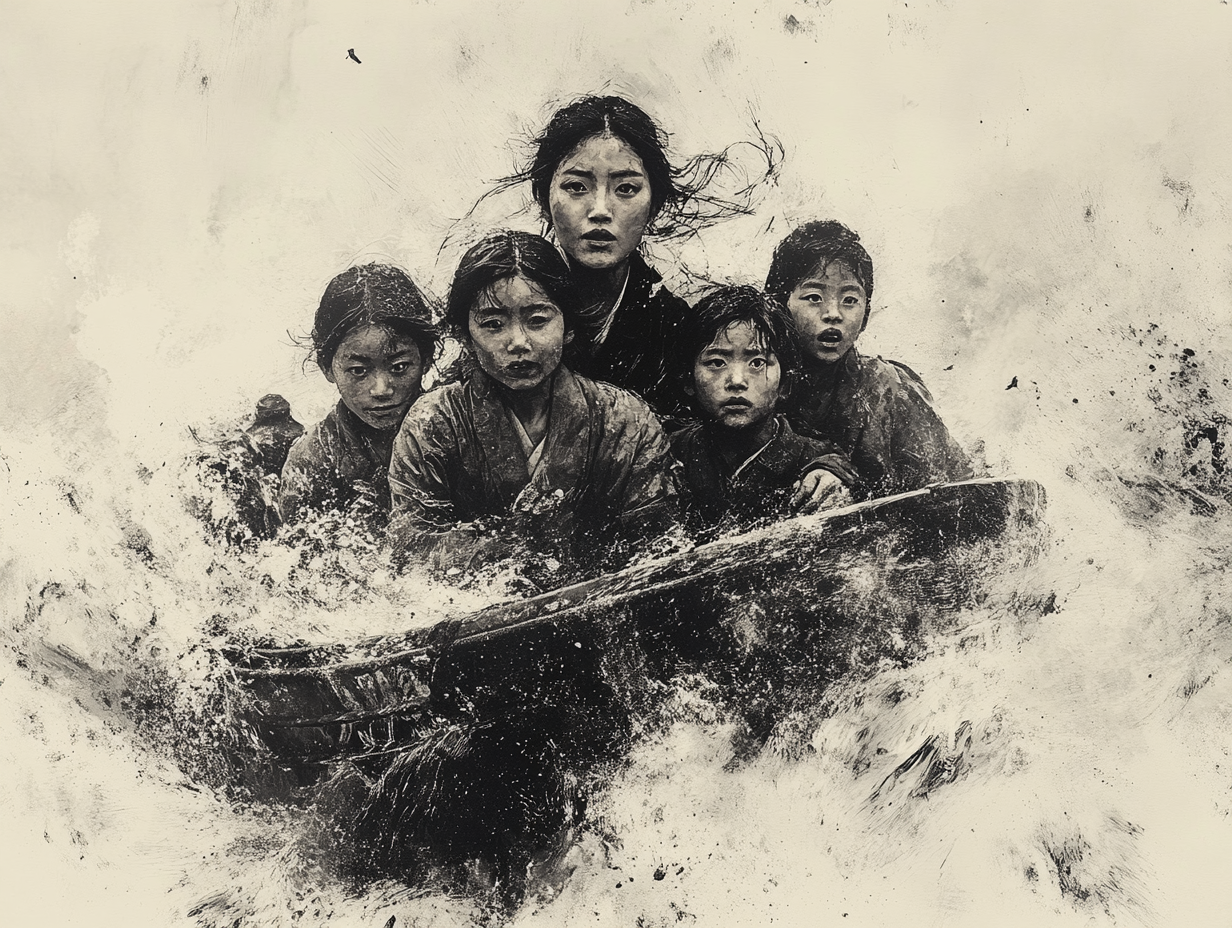
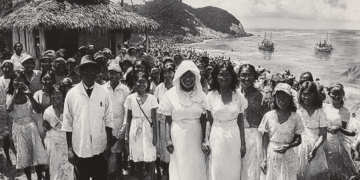


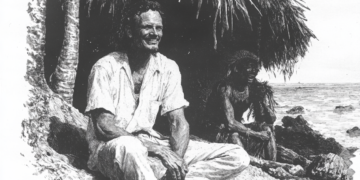
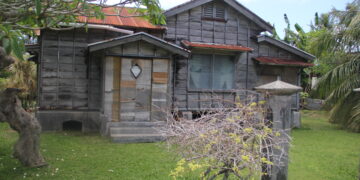
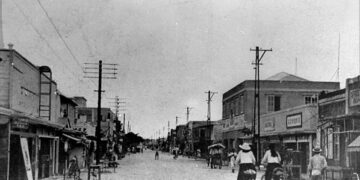



Discussion about this post